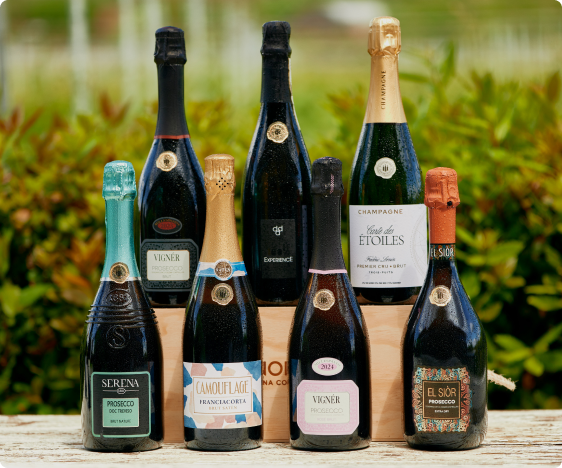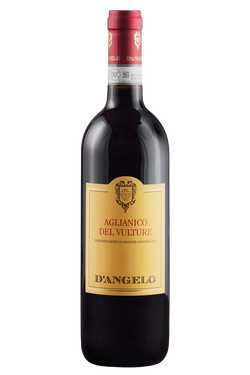- Wines >
- Basilicata
Production areas
Production may be limited in terms of quantity but it is interesting when it comes to quality. The region is mostly mountainous, although there are two outlets to the sea: to the Tyrrhenian Sea at the Gulf of Policastro and to the Ionian Sea at the Gulf of Taranto. The Lucanian Apennines dominate most of the region, the main peaks being Monte Pollino (2248 m) in the south, on the border with Calabria, and Monte Vulture (1326 m) in the north. 90% is represented by red wines and only 10% by white wines. The grapes cultivated and the different vine growing systems reveal three wine-producing areas in Basilicata: Vulture, with some ramifications in Alto Bradano, Val d’Agri, and the Matera area, with hilly slopes that descend towards the Ionian Sea.
Grape varieties and production
Aglianico del Vulture is the mostly widely cultivated variety in the region, covering more than 60% of wine production, followed by Montepulciano and Sangiovese, as well as some international varieties like Merlot, which complete the framework of red grapes. The white grape varieties are concentrated on the eastern side of the region, at the border with Puglia, and are predominantly Verdeca, Bombino Bianco and Malvasia Bianca.
Characteristics
The Aglianico del Vulture Superiore DOCG is produced with low yields per hectare, the colour is an impenetrable ruby red, the aroma is elegant with hints of ripe red fruits and morello cherry, cherries in alcohol and liquorice, cloves, black pepper, and toasted notes after ageing in barriques, although the most traditional producers still use large barrels. The significant burst of freshness makes this a very long-lasting wine. Val d’Agri is an area located in the heart of the region, in the Potenza province. The vines are planted in land rich in sand and clay at 600–700 metres above sea level, and they experience severe temperature fluctuations from August to mid-October. The wines from the Val d’Agri DOC and the Roccanova area, Grottino di Roccanova DOC, reds based on Merlot and Cabernet Sauvignon, and Sangiovese and Montepulciano grapes, produce firmly structured wines with hints of red fruit, spices and liquorice. Finally, Verdeca and Malvasia are white grapes with herbaceous and aromatic notes.
Pairings
Aglianico-based reds need big dishes: meat stews, beef stews cooked in red wine and roast game are ideal pairings. Some mature cheeses can also be a good accompaniment. The Verdeca and Malvasia whites are ideal with mollusc- and shellfish-based first courses.



